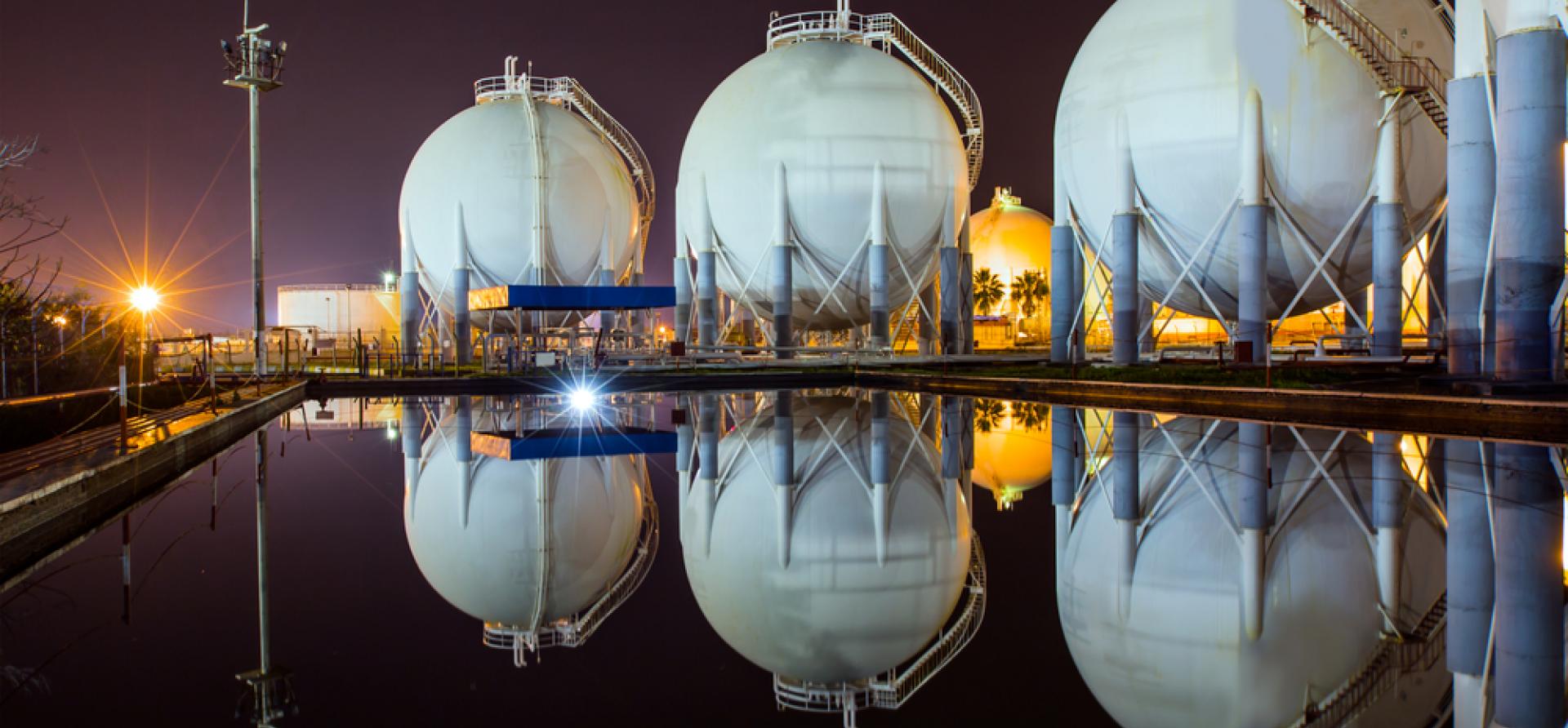IEEFA Update: Australia’s natural-gas cartel is bleeding Australia

Key Findings
Australian east coast gas prices are linked to the most expensive gas market in the world, north Asia.
Four companies collectively control gas supply and consistently fail to disclose production capacity, reserves or resources.
Debate rages after an IEEFA spot-price analysis showing Australians consumers paying more for Australian natural gas than their Japanese counterparts who import it as a liquefied product.
It’s hard to overstate the bizarre nature of the gas market in Australia.
Only recently, gas was cheaper in Australia than in the U.S. But the development of three new LNG terminals on the Australian east coast has driven up prices by linking domestic supplies to the most expensive gas market in the world, the north Asian market.
Perhaps the larger problem for Australian consumers is that the east coast gas market is controlled by an opaque cabal of players that include Shell, Origin Energy, Santos and BHP/Exxon and that collectively control existing supply and that fail to disclose existing production capacity, reserves or resources on a consistent basis.
Basic information is almost impossible to come by. For contract prices, for instance, the most recent data available is from a survey conducted eight months ago for the Australian Competition and Consumer Commission (ACCC).
There are no official figures for contract prices in Australia today, a circumstance that would be unheard of in markets such as the U.S.
Regulators are floundering and the situation has become so preposterous that proposals for South Australia to develop a regasification plant to import LNG from the U.S. are being seriously considered.
The revelations that Australians are paying more for Australian gas than their Japanese counterparts drew a predictable response from the gas industry: attack the messenger.
Industry analysts, led by consultants EnergyQuest, run by a long-time former Santos executive, Graeme Bethune, publicly questioned our findings, but not very effectively because it’s hard to argue with fact.
For the month of July, the Japanese Ministry of Economy, Trade and Industry (METI) had the spot market price (which in turn drives contract prices) at $8.42/gigajoule (GJ). In Australia for the same month, the Adelaide spot price—one of three short-term trading markets set up by the Australian Energy Market Operator (AEMO) with the express purpose of providing transparency—was $13.90/GJ.
While the industry has criticised our use of spot-market pricing for our analysis—and it’s true that the Australian spot market is not functioning as it should—a dearth of transparency only illustrates a broader point: gas prices are sky high and information on supply is not made public.
The government is well aware of the issue but is being pressured toward false solutions that include opening high-cost new coal seam gas wells, a move that would do nothing to lower prices.
The core problem is the very existence of a cartel that allows gas companies to extract extraordinary prices domestically and in the face of a global glut and globally depressed prices.
Time is money, and regulators need to move now. Australian manufacturers in particular can’t afford to wait around for change.
Bruce Robertson is an IEEFA energy analyst.
RELATED POSTS:
‘It’s Absurd’: How Australians Are Paying 65% More Than the Japanese for Their Own Gas















